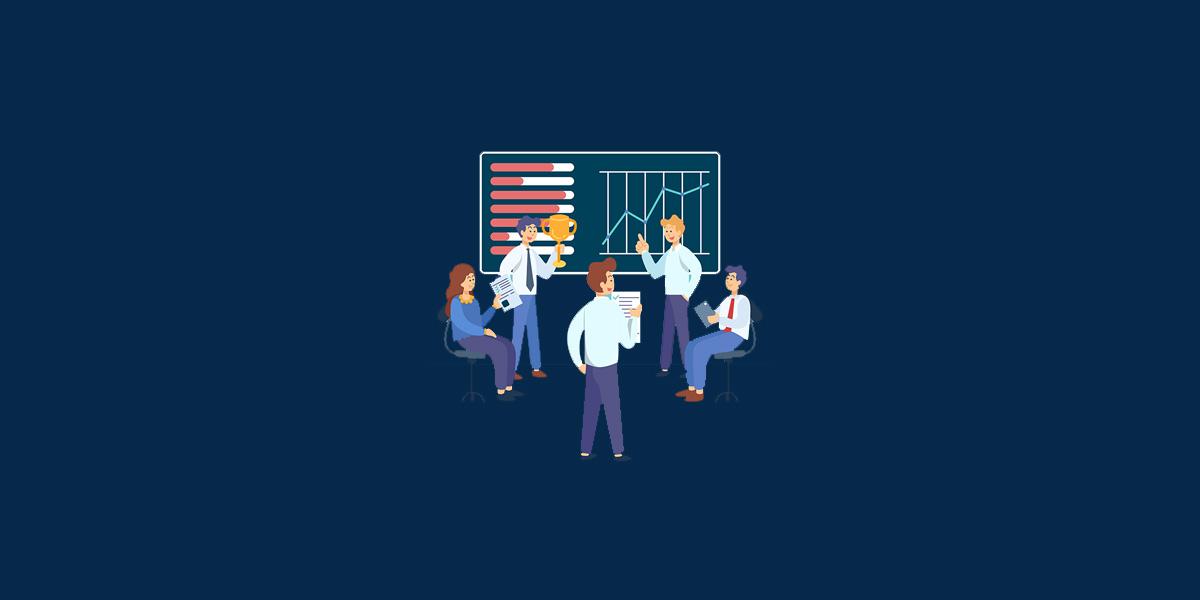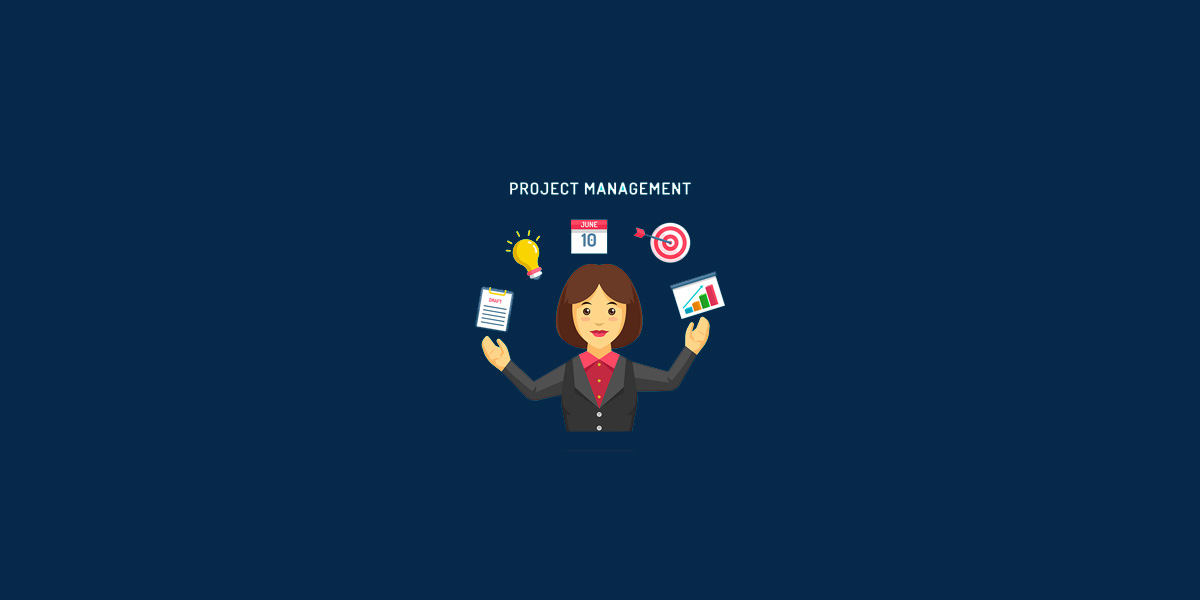A Strong Start: How to Implement an Effective New Hire Training Program

Starting a job is like stepping into a new school. The desks may be different, the uniforms may change, but the nervous energy is the same. When someone joins your company, they want direction, structure, and clarity. That is where your ability to implement a training program comes into play. Without a strong system in place, new hires may feel lost, and you risk losing productivity before they even settle in.
If you are an HR Manager, Talent Acquisition Specialist, Manufacturing Executive, Production Manager, Small Business Owner, or Recruiter in Australia, this guide is for you. Let us talk about how you can build a program that supports new hire training, focuses on skill development, and strengthens your onboarding program.
Why Training Programs Matter
Think of a new employee as a seedling. If you plant it in good soil, water it properly, and give it the right amount of sunlight, it grows strong. If you neglect it, the growth is stunted. Your training program is that soil and sunlight.
Employees who are trained well feel more confident in their roles, adapt faster, and contribute more effectively. On the other hand, a weak start can lead to confusion, disengagement, and eventually turnover. That is not just costly; it is frustrating.
The Building Blocks of a Strong Program
When you set out to implement a training program, there are a few essentials you cannot skip. Let us break them down.
1. Structure and Clarity
A training program should have a clear beginning, middle, and end. Create a timeline that shows what new hires will learn during their first day, week, and month. Without structure, people can feel like they are wandering through a maze without a map.
2. Job-Specific Training
General information is helpful, but employees also need to understand the nuts and bolts of their roles. For example, a production worker needs hands-on training with machinery, while a sales executive may need more focus on customer communication and reporting.
3. Compliance and Safety
In Australia, regulations and safety requirements vary by industry. Make sure your program includes the necessary training for workplace health and safety. A slip here can mean penalties, not to mention risks to employee wellbeing.
4. Company Culture and Values
You want your new hires to feel like they belong. Introduce them to the history of your business, your values, and the behaviours you expect. A company’s culture is often what keeps employees long-term.
5. Skill Development Pathways
Training should not end after the first month. Provide opportunities for employees to build new skills over time. This shows your commitment to their growth and helps you retain them longer.
How to Implement a Training Program
Now that we have covered the building blocks, let us get practical.
Step 1: Assess Training Needs
Start by asking: what does this role require? What do employees need to know right away, and what can they learn over time? You might create a list of technical skills, soft skills, and compliance requirements.
Step 2: Design the Curriculum
Your training plan should be clear and easy to follow. Break it into modules or stages, each with specific goals. For example:
- Week 1: Orientation and compliance basics
- Week 2: Job-specific training
- Week 3: Team integration and soft skills
Step 3: Use Different Training Methods
People learn in different ways. Some absorb information through reading, others through doing, and some through watching. Combine classroom-style sessions, hands-on practice, and digital resources.
Step 4: Assign Trainers and Mentors
A program without a guide is like a ship without a captain. Assign experienced employees or supervisors to support new hires during their training. This builds trust and helps them feel less isolated.
Step 5: Track Progress and Adjust
Do not just assume the program works. Measure progress through checklists, assessments, or regular check-ins. If something is not working, adjust it.
The Role of RefHub
RefHub supports you in simplifying parts of the hiring and training journey. For example, RefHub provides free hiring guides and templates that can help you standardise your processes. When you have tools like this, you spend less time reinventing the wheel and more time focusing on your people.
Benefits of an Effective Training Program
When you put effort into building your program, you gain far more than you give. Some benefits include:
- Higher retention: Employees who feel prepared are more likely to stay.
- Faster productivity: New hires reach full performance quicker.
- Better compliance: Meeting safety and legal requirements reduces risk.
- Stronger engagement: Employees who understand your culture and goals contribute with more enthusiasm.
Common Mistakes to Avoid
Even the best leaders can slip up. Here are some pitfalls to watch out for:
- Information overload: Do not cram too much into the first week. Spread training over time.
- One-size-fits-all: Every role is different. Tailor training accordingly.
- Skipping feedback: Ask employees how the program is working. Their input can improve the process.
- Neglecting follow-up: Training is not a one-time event. Keep checking in.
The Australian Context
In Australia, workplace training must follow legal requirements, including the Fair Work Act and industry-specific standards. Depending on your industry, you may need training on:
- Work Health and Safety (WHS) laws
- Equal Employment Opportunity (EEO) standards
- Industry certification or licensing
Being thorough in these areas not only supports compliance but also builds trust with employees. They know you take their safety and wellbeing seriously.
Final Thoughts
When you implement a training program that is structured, role-specific, and supportive, you give your employees the tools to succeed from day one. Think of it as laying the foundation for a sturdy building. Without it, cracks will eventually show. With it, you create stability and strength.
RefHub is here to help you simplify your hiring and training processes, so you can focus on what really matters: building a workforce that is confident, capable, and committed.
Start building stronger training programs today. Visit RefHub’s free hiring guides and templates to access resources that can help you set the stage for success.




